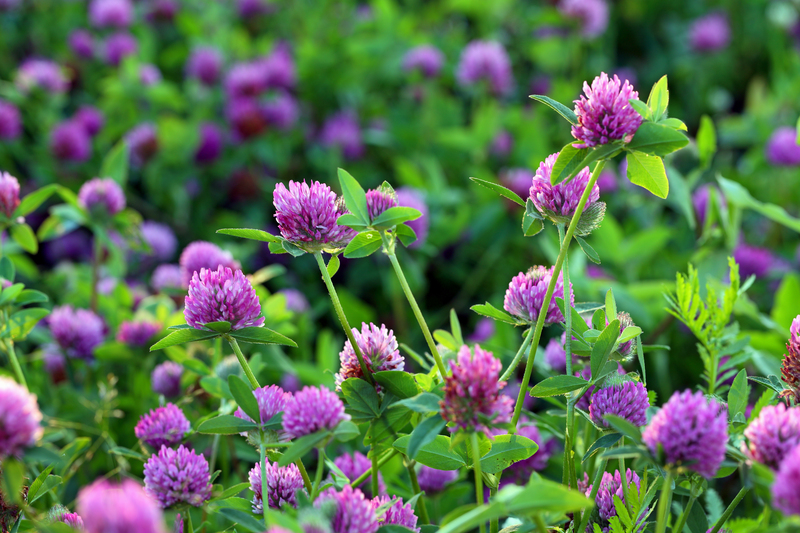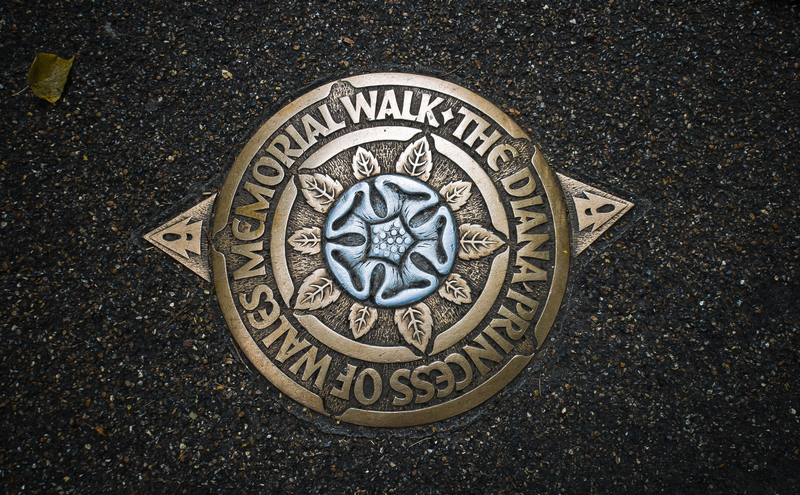How to Handle Overwatering in Gardens
Posted on 20/01/2025
Having a garden brings a lot of joy and satisfaction, but managing it requires careful attention to detail. One of the most common issues gardeners face is overwatering. While plants need water to thrive, too much of it can lead to serious problems. This article will guide you on how to handle overwatering in gardens effectively.
Understanding Overwatering
Overwatering occurs when plants receive more water than they can absorb. This causes the soil to become waterlogged, which limits the oxygen supply to the roots. Oxygen is essential for plant growth and development, so when the roots are deprived of it, they begin to suffocate and eventually rot.

Signs of Overwatering
Identifying overwatering early can save your plants from potential damage. Look out for the following signs:
- Yellowing Leaves: One of the initial signs is the yellowing of leaves, particularly the lower ones.
- Wilting: Although this is often associated with underwatering, overwatered plants can also wilt due to root suffocation.
- Mold Growth: The presence of mold or algae on the soil surface indicates excessive moisture.
- Root Rot: A foul smell from the soil and blackened roots are symptoms of root rot caused by overwatering.
- Slow Growth: Plants may seem stunted or show slow growth as they struggle with excessive water.
Correcting Overwatering
Once you've identified overwatering, take the following steps to correct it:
Improve Drainage
Good drainage is crucial to avoid water pooling around the roots. You can improve drainage by:
- Amending Soil: Mix sand, perlite, or compost into clay-heavy soil to improve aeration and drainage.
- Using Raised Beds: Elevate garden beds to enhance water runoff.
- Choosing Containers with Drainage Holes: Ensure your plant containers have adequate drainage holes to allow excess water to escape.
Adjust Watering Practices
Change your watering technique to align better with your plants' needs:
- Water Deeply and Infrequently: Watering deeply encourages roots to grow downward, making plants more drought-resistant.
- Monitor Weather Conditions: Reduce watering during rainy periods and increase it during dry spells.
- Use Mulch: Mulch helps retain soil moisture and reduces the need for frequent watering.
Preventing Overwatering in the Future
To avoid recurring overwatering problems, adopt these preventive measures:
- Understand Plant Needs: Different plants have varying water requirements. Educate yourself about each species in your garden.
- Use a Moisture Meter: A moisture meter can help you determine when your plants actually need water.
- Create a Watering Schedule: Consistently follow a schedule that suits the plants' needs rather than watering haphazardly.
Pros and Cons of Overwatering Practices
Pros
- Reduced Water Stress: Proper watering ensures that plants are not stressed due to water scarcity.
- Nutrient Availability: Adequate watering helps dissolve nutrients in the soil for plant uptake.
Cons
- Fungal Diseases: Overwatering promotes the growth of fungi and bacteria, leading to plant diseases.
- Nutrient Leaching: Excess water can wash away essential nutrients from the soil.
- Soil Compaction: Consistent overwatering can lead to soil compaction, making it challenging for roots to penetrate.
Tips for Better Watering
- Water in the Morning: Early morning watering reduces evaporation and allows leaves to dry throughout the day.
- Observe Your Plants: Regularly inspect your plants for any signs of water stress or overwatering.
- Group Plants by Water Needs: Plant species with similar water requirements together for more efficient watering.
- Use Drip Irrigation: Drip irrigation systems ensure water is delivered directly to the roots, minimizing waste.

Key Takeaways
- Overwatering can lead to root suffocation, root rot, and other plant health issues.
- Identify signs of overwatering such as yellowing leaves, wilting, mold growth, and slow growth.
- Improve soil drainage and adjust watering practices to correct and prevent overwatering.
- Understand each plant's specific water needs and use tools like moisture meters to guide watering.
- Be aware of the pros and cons of different watering practices to maintain a healthy garden.
Conclusion
Handling overwatering in gardens requires a balance of proper watering techniques, soil management, and plant care. By understanding the signs of overwatering and taking corrective actions, you can ensure your garden remains healthy and vibrant. Always stay observant and proactive to prevent overwatering and promote an ideal growing environment for your plants.






 Certified and experienced landscapers
Certified and experienced landscapers



 Get a Quote
Get a Quote